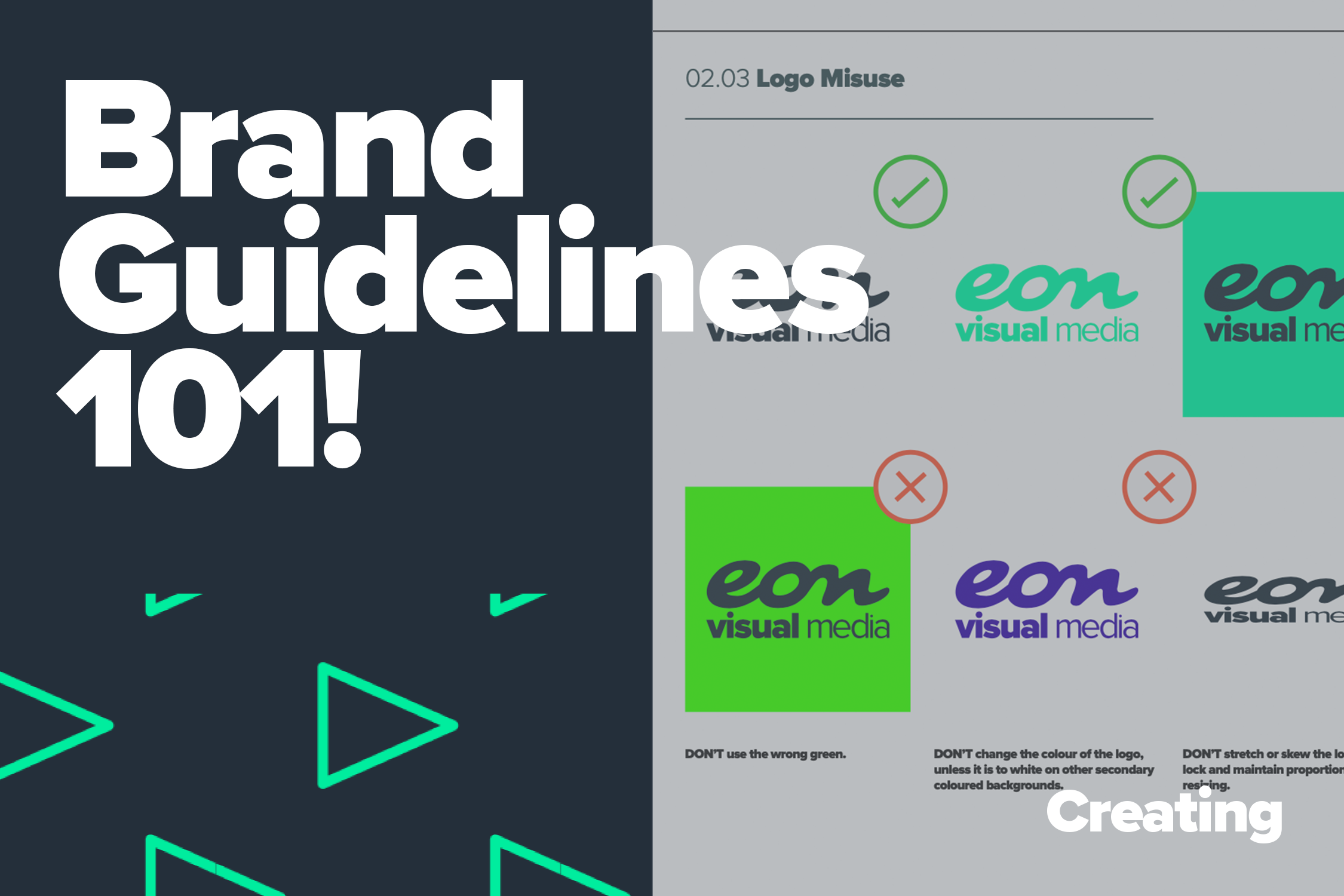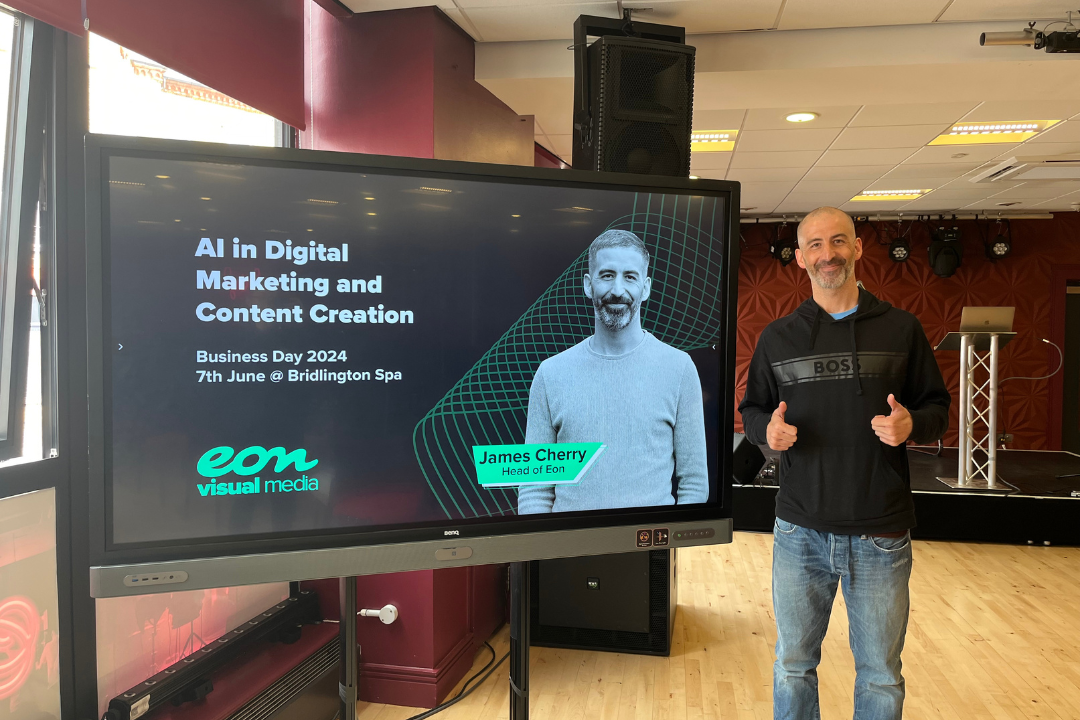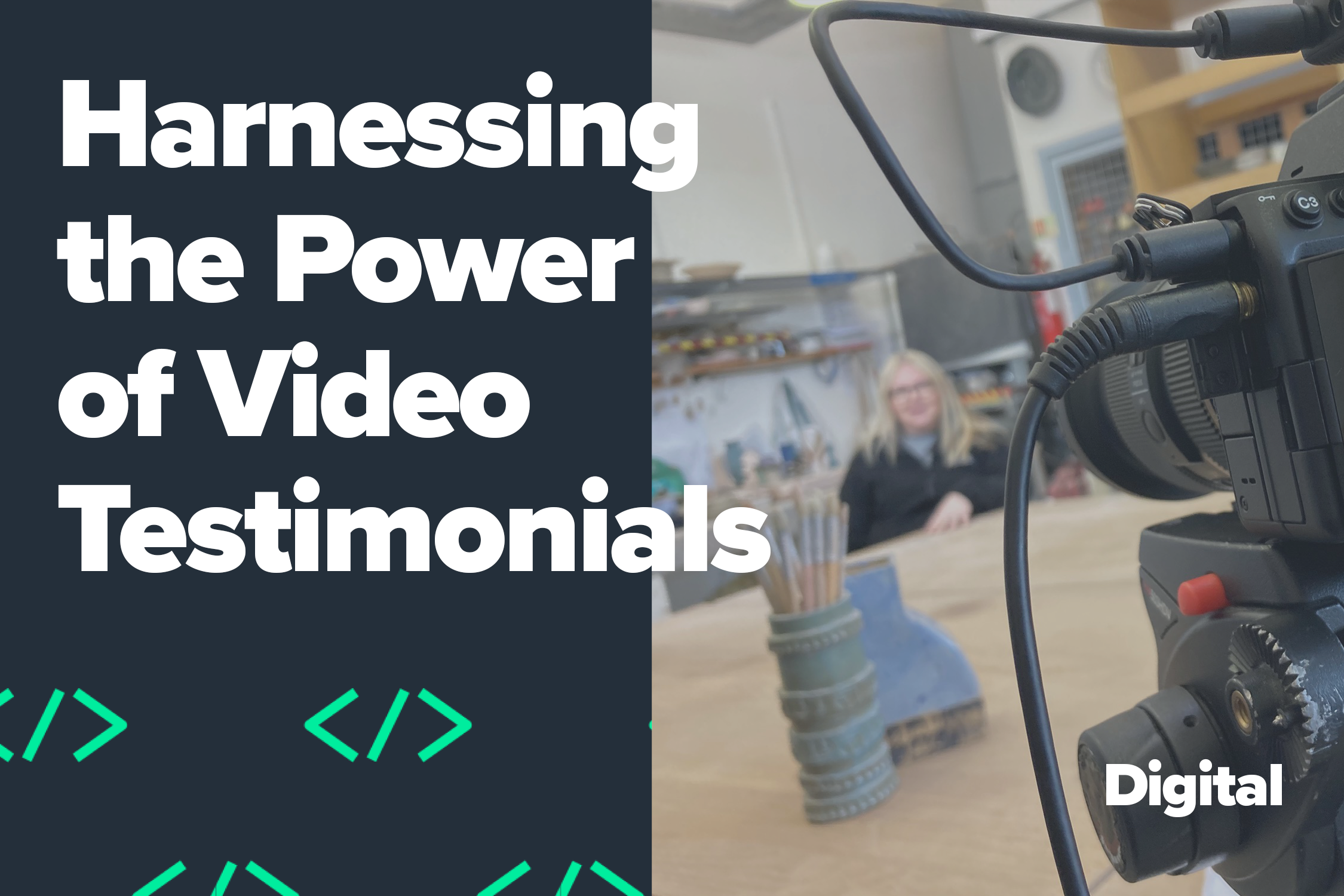Technological innovations, including AR and VR, continually reshape diagnosis, treatment and patient care. Within this blog, we will explore the applications of AR and VR within healthcare environments and look at how they have the potential to revolutionise and diversify elements of patient care.
Enhanced AR and VR Training
Utilising AR and VR in training is perhaps one of the most common applications of innovative technologies. Offering immersive solutions allows healthcare professionals to practice and engage in training methods in risk-free environments. They can receive real time feedback, giving them the opportunities to refine their skills and reduce future errors. As well, simulation based training, using AR and VR, enhances understanding of complex medical conditions.
Innovative technologies, like AR and VR, can help healthcare professionals practice for emergency scenarios, considering communication, empathy, cultural competence, and patient safety and treatment. Having the opportunity to immerse themselves in these situations, away from patients, gives healthcare professionals a huge advantage in boosting training and therefore improving efficiency.
AR and VR applications in training are cost effective, scalable solutions, with huge opportunities for efficiency and growth.
Patient Education and Engagement
Patient engagement is key to improving medical outcomes. Being able to give patients more of an opportunity to understand their medical conditions and anatomy through AR and VR can really boost treatment adherence. Innovative technologies give patients real time information during consultations that can improve understanding and communication – they can be utilised as real learning experiences and opportunities for both professionals and patients.
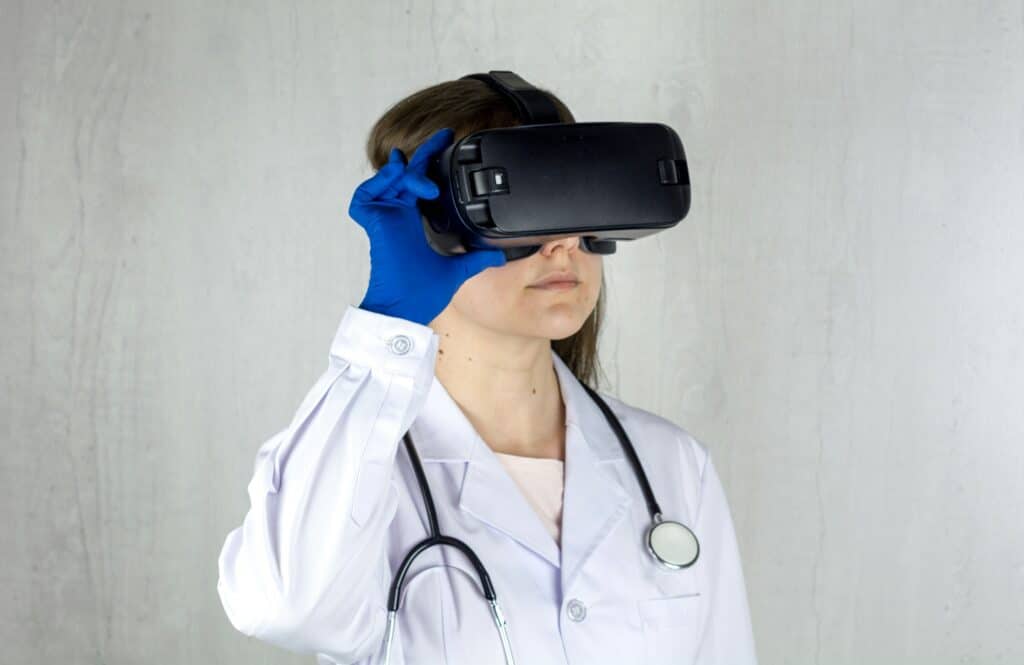
AR and VR Medical Visualisations
The particular application of AR and VR highlights the more specific uses of innovative technologies to aid diagnosis and treatment. Physicians can use medical visualisations to explore 3D reconstructions of patient anatomy, making diagnosis and subsequent treatment more accurate. AR overlays on medical images give physicians unique insights during surgeries and procedures, reducing errors and improving efficiencies.
AR and VR also facilitates more opportunities for remote consultations, using medical visualisations to overlay patient data on the clinician’s field of view.
Rehabilitation and Therapy
One of the most recent advancements in innovative applications within healthcare include the opportunities in rehabilitation and therapy, both for physical and mental health issues.
Innovative technologies can help guide patients through therapy, exercises and rehabilitation treatments, highlighting the correct movements and monitoring progress. This helps to improve engagement through personalised treatment programmes, therefore driving patient satisfaction and treatment outcomes.
Immersive experiences allow patients to manage chronic pain and anxiety in everyday life, as well as alleviate pain during treatments and procedures through mindful distractions. There are also opportunities to use these technologies in exposure therapy for mental health conditions including PTSD, OCD and phobias, to complement traditional approaches and mental health treatments.
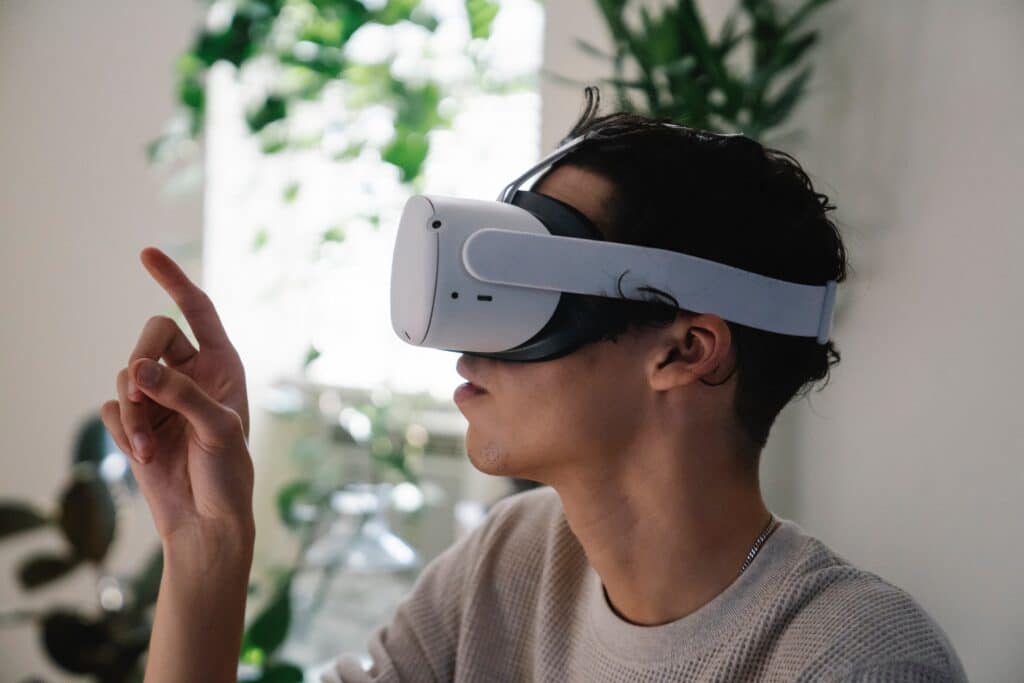
Do you think there are opportunities for further applications of AR and VR in healthcare? We’re really interested to see how these innovative technologies develop to improve patient care, efficiency and treatments!


